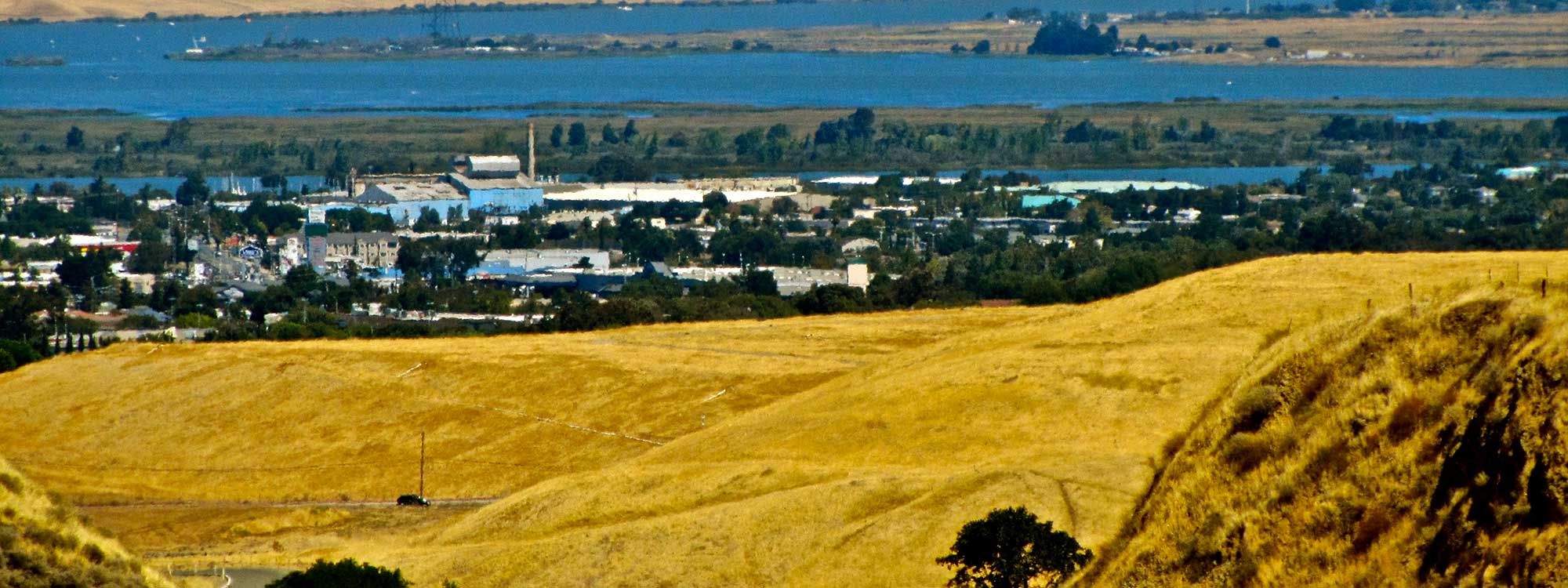As advocates for open space in East County, one of the most important and powerful tools we have is the Contra Costa County urban limit line (ULL).
A ULL, (known as an urban growth boundary in some parts of the region) is a legally-protected line in the sand that stops sprawl development in its tracks. Inside the line, urban services can be connected and all sorts of residential and commercial zoning is allowed. Just beyond it, development is severely restricted. The land beyond a ULL helps form the Bay Area’s greenbelt.
Greenbelt Alliance has spent many years on the forefront of the fight for ULLs across the Bay Area. Contra Costa County could be considered ground zero of this fight, where the efforts of our founder Dorothy Erskine to protect open space from subdivisions led to the creation of what was then Citizens for Regional Recreation and Parks back in 1958. Priceless ecological gifts like the County’s acres of prime agricultural land and the critical wildlife habitat on the slopes of Mt. Diablo have inspired the County’s residents to fight for its protection ever since.
The History of the Contra Costa County Urban Limit Line
In 1990, voters approved Measure C-1990, which created a guarantee that at least 65% of land in the County would be preserved for agriculture, open space, wetlands, parks, and other non-urban uses. It also insured that no more than 35% of the County’s land would be used for urban development. In order to implement this “65/35” standard, the County established an urban limit line. This clearly defined where urban development was welcome, and where it was not.
Voters gave some extra teeth to the line in 2004 by voting for Measure J. In order to receive money from a transportation tax in the County, each city either had to adopt the County’s line or obtain voter-approval for their own line. The incentive worked, and all cities approved a ULL–only Pittsburgh, Antioch, and San Ramon approved a ULL different from the
Contra Costa County doubled down on the line once again in 2006 when voters passed Measure L. This vote extended the 65/35 designation and the Urban Limit Line until 2026. In 2016, the County did an extensive study to determine whether it could meet its housing and jobs needs within that boundary through 2036. The conclusion was a resounding yes.
Threats to the Contra Costa County Urban Limit Line
Despite the
These tremendous victories were not a foregone conclusion. It was the tireless, patient effort of our community of open space advocates that ensured good decision-making. And Contra Costa remains on the forefront of this fight, carrying the distinction of being the Bay Area county with the most lands at risk of development; pressure worsened by waves of residents displaced from exploding housing markets further west. Greenbelt Alliance’s work will continue as the keepers of the line, fighting to keep urban development where it belongs.
Photo: ellenm1 via Flickr




